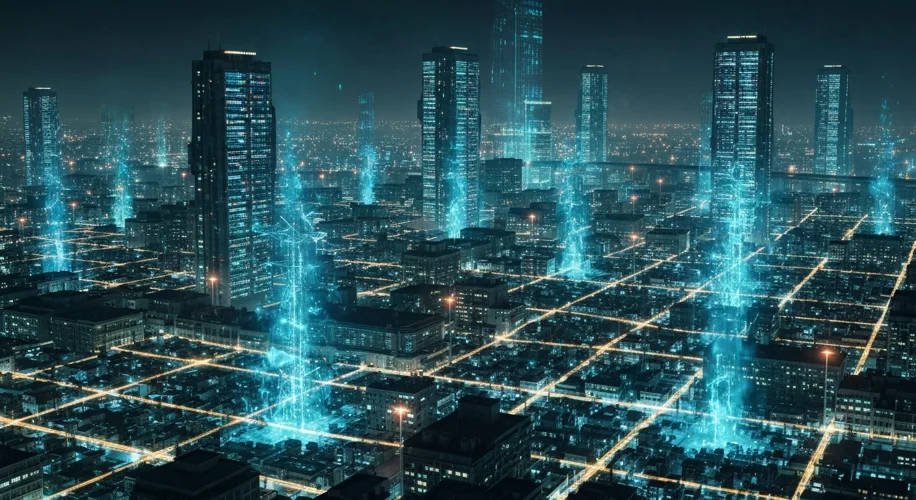Okay, so hear me out. We’re all talking about AI taking jobs, right? It’s a big conversation, and for sure, something to think about. But what if I told you there’s a different, maybe even more immediate, threat from AI that we’re kinda overlooking?
I’m talking about power. Serious, real-world electricity.
Think about all those AI models you’ve been using – ChatGPT, image generators, the fancy stuff behind self-driving cars. Every single one of them needs a TON of energy to train and run. And it’s not just a little extra juice; it’s massive. We’re talking data centers that are basically super-powered electrical furnaces, humming 24/7.
Right now, AI development is booming. Companies are pouring billions into creating bigger, smarter models. This means more data centers, more servers, and a massive jump in electricity demand. Some reports suggest that by 2030 or 2040, the energy required just for AI could rival the total energy consumption of entire countries.
And that’s where the real headache starts. Our power grids in many places are already… well, let’s just say they’re not exactly future-proof. They’re aging, and they struggle to keep up with even our current energy needs, especially during peak times. We’ve all experienced those annoying rolling blackouts, right? Imagine that, but amplified.
If AI demand keeps climbing at this pace, it could push our existing power infrastructure to its absolute breaking point. We might see more frequent and longer blackouts, not because of a specific weather event, but because the demand from AI servers simply outstrips supply. It’s like trying to power a whole city with a toaster.
This also means more strain on resources. Building these massive data centers requires land, water (for cooling), and materials. And where does all that electricity come from? If it’s not from clean sources, then our AI progress could inadvertently increase our carbon footprint, too.
So, while we’re busy debating whether an AI can write a novel or paint a picture better than a human, the real challenge might be ensuring we have enough power to run the darn things in the first place. It’s not about AI replacing us; it’s about whether our existing systems can handle the sheer scale of AI’s appetite.
This isn’t some sci-fi movie plot; it’s a genuine concern that engineers and city planners are grappling with now. We need serious investment in upgrading our power grids, exploring new energy sources, and making AI development more energy-efficient. Otherwise, the future of AI might just be powered by a whole lot of inconvenience and a very stressed-out power grid.

